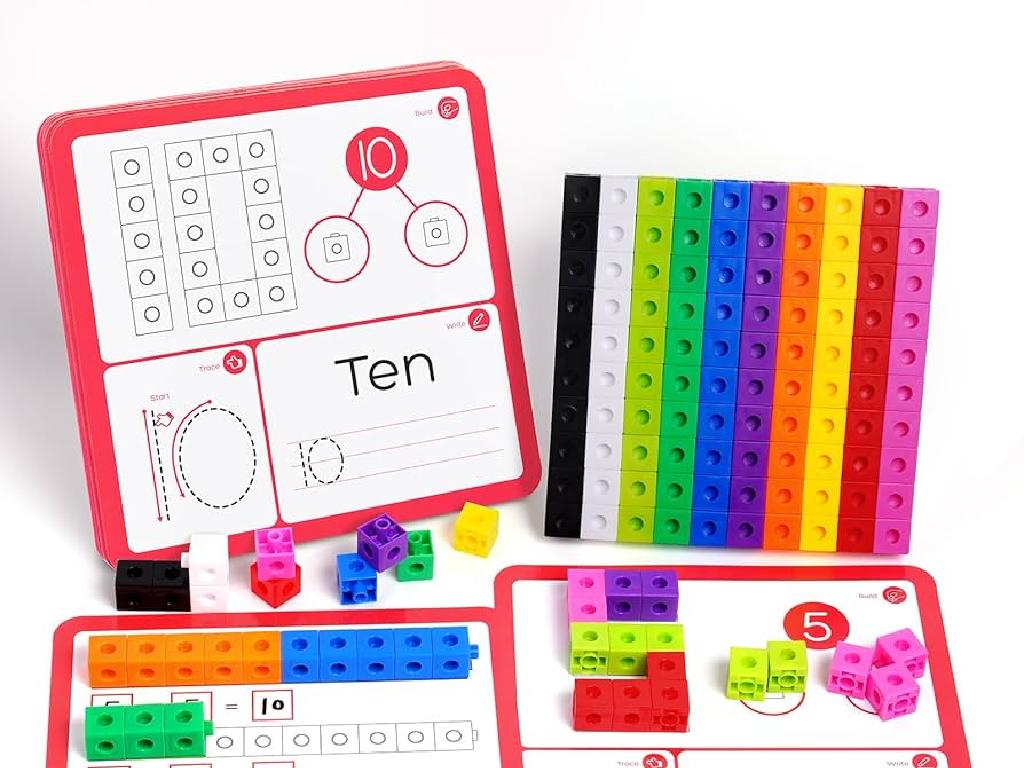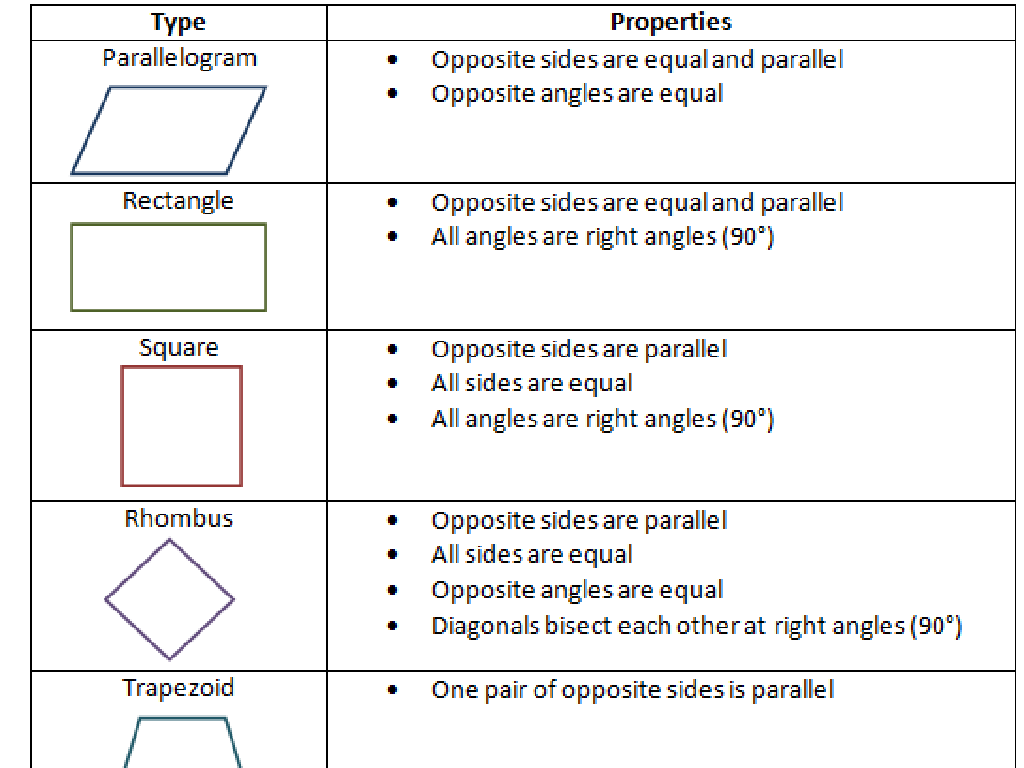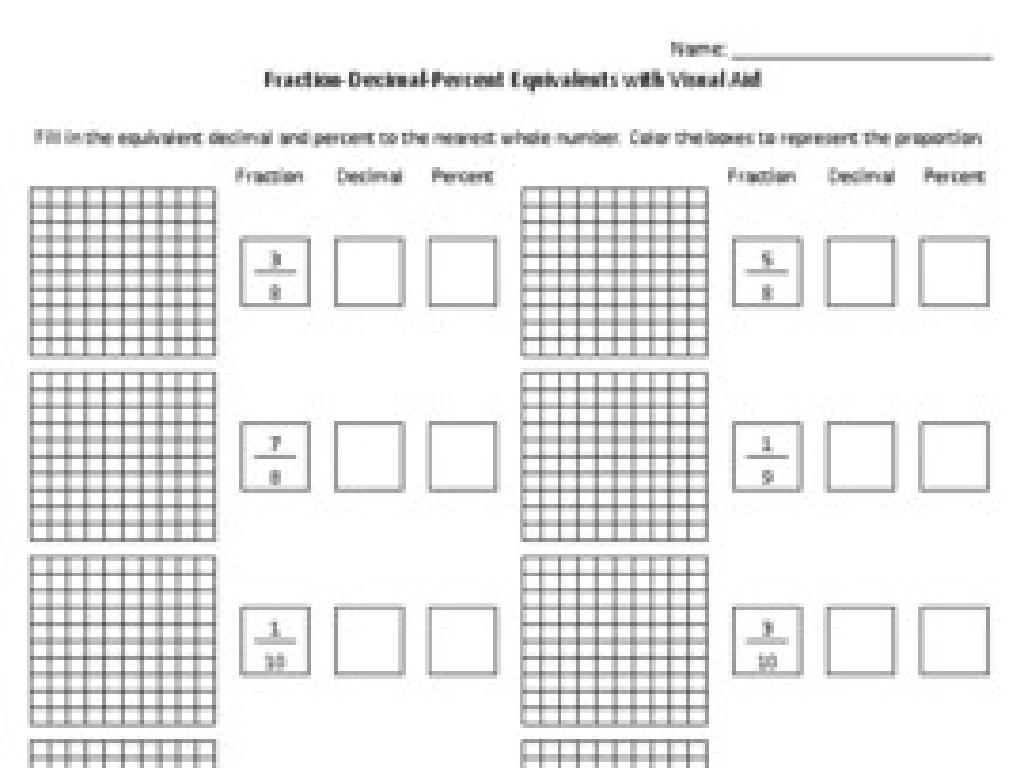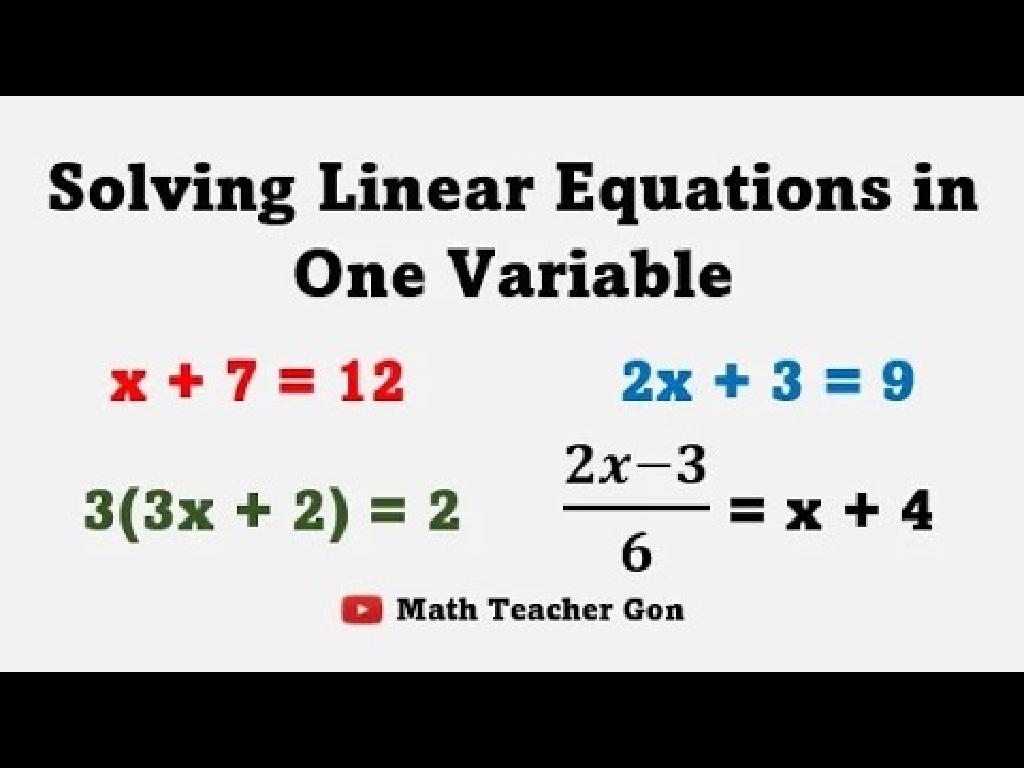Is The Sentence Simple, Compound, Complex, Or Compound-Complex?
Subject: Language arts
Grade: Seventh grade
Topic: Phrases And Clauses
Please LOG IN to download the presentation. Access is available to registered users only.
View More Content
Understanding Sentence Structures
– Exploring sentence building blocks
– Sentences are made of phrases and clauses.
– Today’s focus: Sentence types
– Simple, compound, complex, compound-complex sentences.
– Importance of sentence differentiation
– Different structures affect clarity and meaning.
– Activity: Identifying sentence types
– We’ll practice distinguishing sentence types.
|
This slide introduces the fundamental components that make up sentences, setting the stage for a deeper dive into the four types of sentences: simple, compound, complex, and compound-complex. Understanding these structures is crucial for students as it aids in both comprehension and effective writing. Clarity, flow, and the conveyance of complex ideas hinge on the proper use of sentence types. The activity will involve students identifying sentence types from examples provided or from a text they are currently reading. This will help reinforce their learning and provide a practical application of the concepts discussed. Encourage students to explain why a sentence is of a particular type, focusing on the use of conjunctions, clauses, and punctuation.
Exploring Simple Sentences
– Define a simple sentence
– A sentence with just one independent clause
– Key features: Subject, Verb, Complete Thought
– Every sentence needs a subject and a verb and must express a complete thought
– Example: ‘The dog barks.’
– ‘The cat sleeps.’ is another example of a simple sentence
– Activity: Find simple sentences
– Read a paragraph and highlight all the simple sentences you find
|
This slide introduces students to the concept of simple sentences, which are the foundation of English grammar. A simple sentence contains one independent clause, which means it has a subject and a verb and can stand alone as a complete thought. Use examples to illustrate simple sentences. For the activity, provide a paragraph and ask students to identify all the simple sentences. This will help them recognize the structure of simple sentences and understand how they differ from other sentence types. Encourage students to explain why they believe a sentence is simple, reinforcing their understanding of subjects, verbs, and complete thoughts.
Exploring Compound Sentences
– Define compound sentences
– A sentence with at least two independent clauses
– Identify key features
– Use FANBOYS or semicolons to join clauses
– Example of a compound sentence
– ‘The dog barks, and the cat meows.’
– Activity: Crafting compound sentences
|
This slide introduces the concept of compound sentences to the students. Begin by defining a compound sentence as one that contains two or more independent clauses, which are complete thoughts that can stand alone. Highlight the use of coordinating conjunctions (For, And, Nor, But, Or, Yet, So – FANBOYS) and semicolons as the key features that connect these clauses. Provide clear examples to illustrate the concept. For the activity, provide students with a list of independent clauses and ask them to create their own compound sentences by combining them using either a coordinating conjunction or a semicolon. This exercise will help reinforce their understanding of how compound sentences are formed and the importance of proper punctuation. Encourage creativity and sharing among students to foster a collaborative learning environment.
Complex Sentences
– Define complex sentence
– A sentence with one main clause and one or more dependent clauses.
– Independent vs. dependent clause
– An independent clause can stand alone. A dependent clause cannot.
– Role of subordinating conjunctions
– Words like ‘because’, ‘since’, ‘when’, ‘although’ link clauses.
– Example: ‘When the dog barks, the cat hides.’
|
This slide introduces complex sentences, a key concept in understanding sentence structure. Start by defining a complex sentence and explaining the difference between independent and dependent clauses. Emphasize that an independent clause can be a sentence on its own, while a dependent clause relies on the main clause to make sense. Highlight the use of subordinating conjunctions to connect these clauses. Use the example provided to illustrate how the conjunction ‘when’ links the dependent clause to the independent clause, creating a complex sentence. For the activity, provide students with independent and dependent clauses and guide them to combine these to form complex sentences. This will help them understand how clauses can be combined to enhance meaning and complexity in writing.
Compound-Complex Sentences
– Define compound-complex sentence
– A sentence with 2+ independent clauses and 1+ dependent clauses.
– Key features of these sentences
– They combine the elements of compound and complex sentences.
– Example of a compound-complex sentence
– ‘The dog barks, the cat hides, and when the owner comes home, peace returns.’
– Activity: Your morning in sentences
– Write about your morning using a compound-complex sentence.
|
This slide introduces compound-complex sentences, which are a mix of compound sentences (with two or more independent clauses) and complex sentences (with one independent and at least one dependent clause). Provide students with the definition and key features, then illustrate with an example. For the activity, guide students to think about their morning routine and describe it using a compound-complex sentence. This will help them understand how to structure sentences with multiple actions and conditions. Encourage creativity and sharing among students to foster a collaborative learning environment.
Identifying Sentence Types
– Review sentence type characteristics
– Simple: 1 clause. Compound: 2+ independent clauses. Complex: 1 independent, 1+ dependent clauses.
– Practice with text examples
– Identify sentences in a book or article and label them as simple, compound, or complex.
– Tips for complex sentences
– Look for subordinating conjunctions like ‘because’, ‘since’, ‘which’ to find dependent clauses.
– Clues for compound-complex sentences
– Compound-complex sentences have at least 2 independent clauses and 1 or more dependent clauses.
|
This slide aims to consolidate students’ understanding of different sentence structures. Begin by reviewing the characteristics of simple, compound, complex, and compound-complex sentences. Then, engage students in a practical exercise where they identify these sentence types within a given text, which helps reinforce their learning. Provide tips for identifying complex sentences by looking for subordinating conjunctions that introduce dependent clauses. For compound-complex sentences, highlight the combination of multiple independent clauses with one or more dependent clauses. Encourage students to practice by writing examples of each sentence type and sharing them with the class for discussion.
Class Activity: Sentence Scavenger Hunt
– Find sentences in a favorite book
– Categorize 5 sentences of each type
– Simple, compound, complex, compound-complex
– Simple: 1 clause. Compound: 2+ independent clauses. Complex: 1 independent, 1+ dependent. Compound-complex: 2+ independent, 1+ dependent.
– Discuss findings and reasoning in class
|
This activity is designed to help students apply their knowledge of sentence structures by identifying examples in literature they enjoy. Provide a brief review of sentence types: simple sentences have one clause, compound sentences have at least two independent clauses, complex sentences have one independent clause and at least one dependent clause, and compound-complex sentences have two or more independent clauses and one or more dependent clauses. Encourage students to explain why they categorized each sentence as they did, promoting critical thinking and a deeper understanding of sentence structures. Possible variations of the activity could include finding sentences in pairs, creating a classroom chart of their findings, or even writing their own examples of each sentence type.
Wrapping Up: Sentence Structures
– Recap on sentence structures
– Understanding sentence types improves writing skills.
– Homework: Craft a short story
– Use simple, compound, complex, and compound-complex sentences.
– Include 3 types of sentences
– Aim for at least 3 examples of each sentence type.
– Next class: Story discussion
– We’ll analyze the effectiveness of varied sentence use.
|
As we conclude today’s lesson, emphasize the importance of recognizing and using different sentence structures to enhance writing. For homework, students are tasked with writing a short story that incorporates at least three examples of simple, compound, complex, and compound-complex sentences. This exercise will help them apply what they’ve learned in a creative context. In the next class, we will review their stories together, focusing on how the use of varied sentence structures can make writing more engaging and readable. Prepare to provide feedback on their use of sentence types and encourage peer reviews to foster collaborative learning.



/american_world_power_events.jpg)

